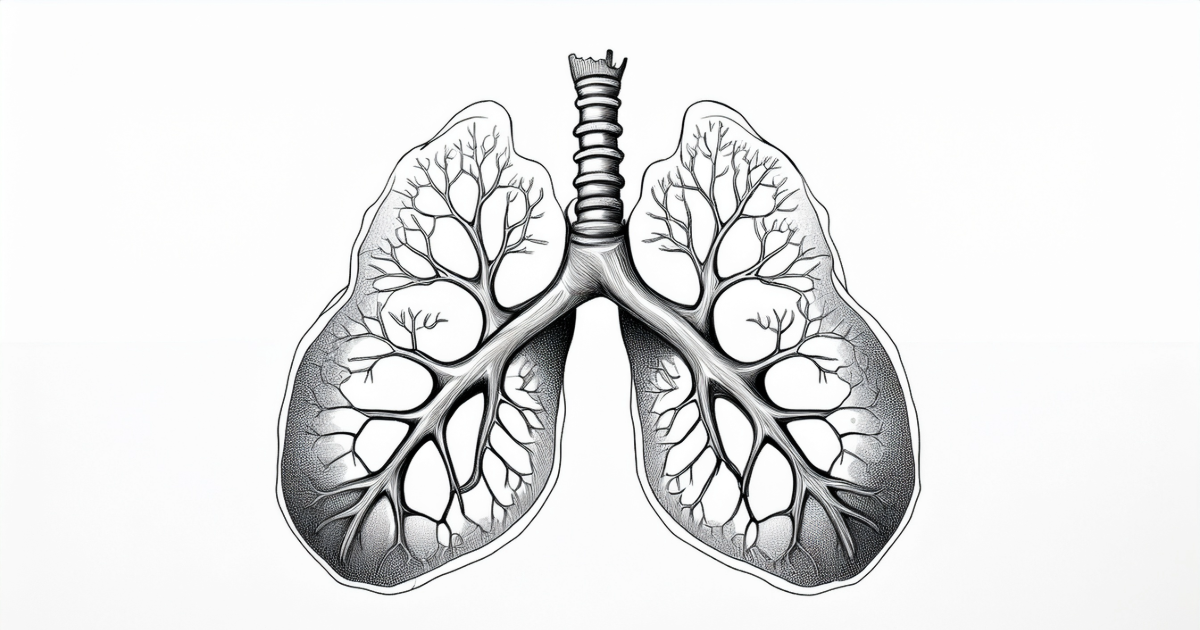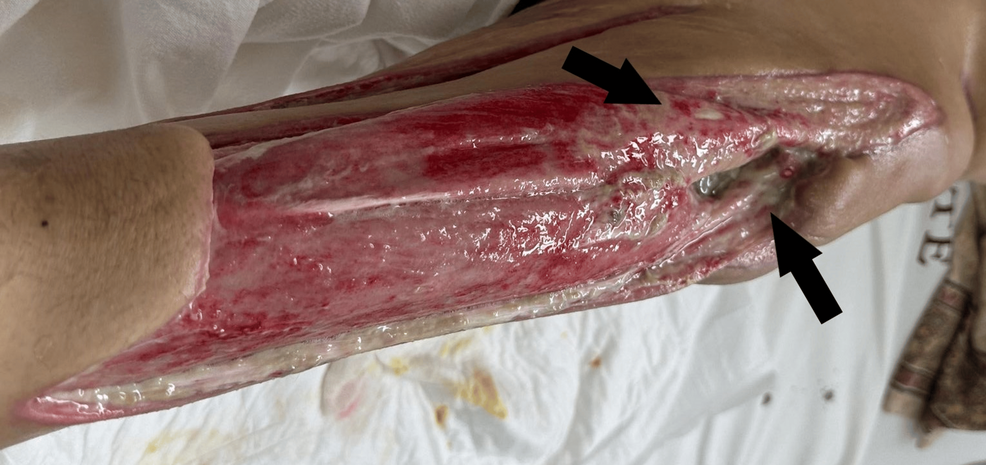Long-term exposure to fine air pollution can impair metabolic health by disrupting the normal function of brown fat in mice. A study co-led by the University of Zurich shows that this occurs through complex changes in gene…
Category: 6. Health
-

Clinical quiz: Managing fever in children under 5
As winter approaches, nurses in primary care are challenged with the assessment of young children presenting with raised temperature that may be common colds or potentially more serious illnesses. To help refresh your skills in this area, our…
Continue Reading
-
Just a moment…
Just a moment… This request seems a bit unusual, so we need to confirm that you’re human. Please press and hold the button until it turns completely green. Thank you for your cooperation!
Continue Reading
-

Better child vaccine uptake needed as preparation for future pandemics
Digital Edition: Better child vaccine uptake needed as preparation for future pandemicsContinue Reading
-
Just a moment…
Just a moment… This request seems a bit unusual, so we need to confirm that you’re human. Please press and hold the button until it turns completely green. Thank you for your cooperation!
Continue Reading
-

Cat Allergen Immunotherapy Shows Real-World Effectiveness
A real-world study demonstrated the effectiveness of subcutaneous immunotherapy with depigmented, polymerized cat epithelium extract (Dpg-pol-cat) in adults with moderate to severe allergic rhinitis or rhinoconjunctivitis caused by
cat allergy .1Continue Reading
-

Study Shows Mediastinal LND Not Recommended in GGO-Dominant Lung Cancer | Targeted Oncology
A clinical study examining determined that systemical mediastinal lymph node dissection (LND) should no longer be recommended in stage T1 ground-glass (GGO)-dominant invasive lung adenocarcinoma..1
The phase 3 study, ECTOP-1009 (NCT04527419),2…
Continue Reading
-

In Kaduna, Nigeria, all hands are on deck to fight an mpox outbreak
Amos Kintaro, 60, knows to appreciate what it means to be able to move around freely.
For many weeks following an encounter in March 2025, the retired government worker mostly confined himself to his two-bedroom apartment in Romi, on…
Continue Reading
-
Blanket BP Target Disserves Older Adults – Medscape
- Blanket BP Target Disserves Older Adults Medscape
- The root causes of high blood pressure WFLA
- New Era of Hypertension Care: Protecting Hearts, Preserving Minds: Dr Sushil statetimes.in
- New in Clinical Guidance | High Blood Pressure Focus of New…
Continue Reading

